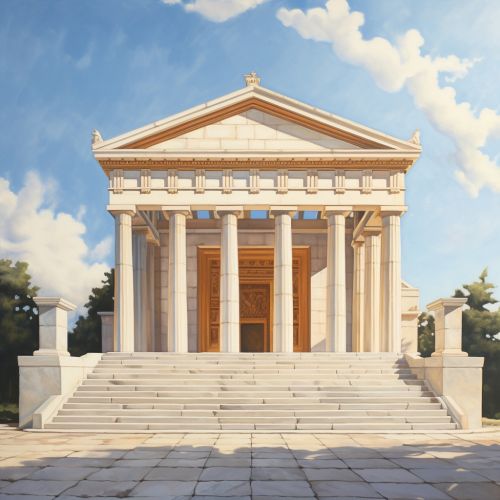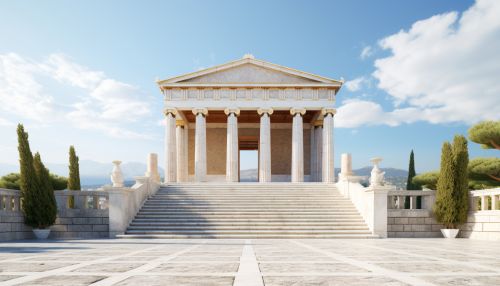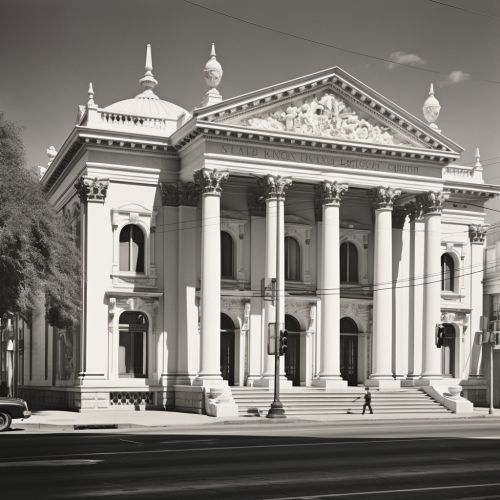Architectural styles
Introduction
Architecture, as an art and science, has been an integral part of human civilization for thousands of years. The architectural styles that have emerged over this period reflect the cultural, technological, and societal changes that have occurred. These styles, ranging from the classical to the modern, each have their unique characteristics, techniques, and influences.
Classical Architecture


Classical architecture refers to the architectural style of the ancient Greeks and Romans. This style is characterized by its emphasis on symmetry, proportion, and the use of specific orders. The three orders of classical architecture, the Doric, Ionic, and Corinthian, each have their unique column designs and are a key feature of this style.
Gothic Architecture
Gothic architecture is a style that originated in the 12th century in France and spread throughout Europe. This style is characterized by its use of pointed arches, ribbed vaults, and flying buttresses. The Gothic cathedrals are some of the most iconic examples of this style, known for their grand scale and intricate detailing.
Renaissance Architecture


Renaissance architecture emerged in the 15th century in Italy, marking a return to the classical principles of symmetry and proportion. This style is characterized by its use of columns, pilasters, and arches. The works of architects such as Brunelleschi and Alberti are prime examples of this style.
Baroque Architecture
Baroque architecture is a style that originated in the late 16th century in Italy and spread throughout Europe. This style is characterized by its dramatic use of light, color, and ornamentation. The works of architects such as Bernini and Borromini are prime examples of this style.
Neoclassical Architecture


Neoclassical architecture is a style that emerged in the mid-18th century as a reaction to the ornate Baroque and Rococo styles. This style is characterized by its return to the principles of classical architecture, with a focus on simplicity, symmetry, and grandeur.
Modern Architecture
Modern architecture is a style that emerged in the late 19th and early 20th centuries in response to new technologies and materials. This style is characterized by its emphasis on function, the use of new materials such as steel and concrete, and the rejection of historical architectural styles.
Postmodern Architecture


Postmodern architecture is a style that emerged in the mid-20th century as a reaction to the perceived austerity and lack of variety in modern architecture. This style is characterized by its use of ornamentation, historical references, and a mix of different architectural styles.
Conclusion
The evolution of architectural styles is a reflection of the changing needs, values, and technologies of society. Each style has its unique characteristics and influences, contributing to the rich tapestry of architectural history.
